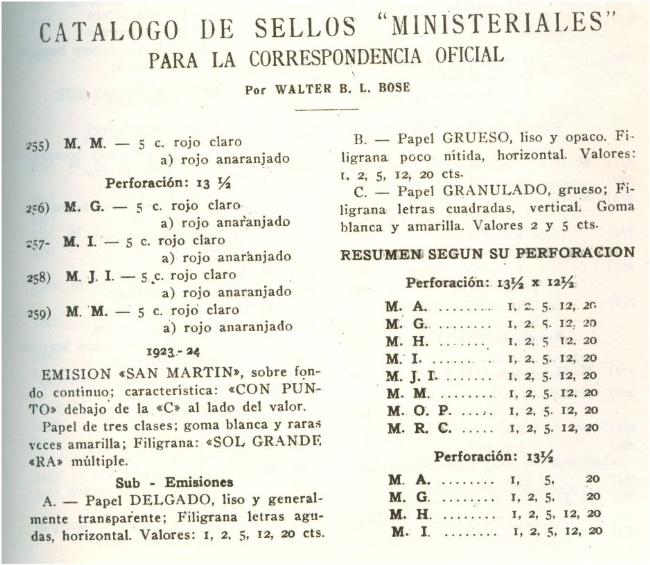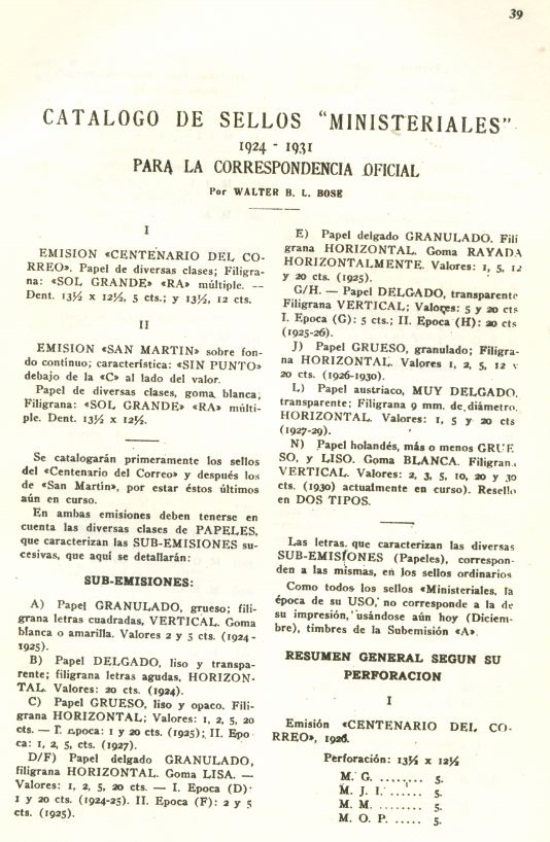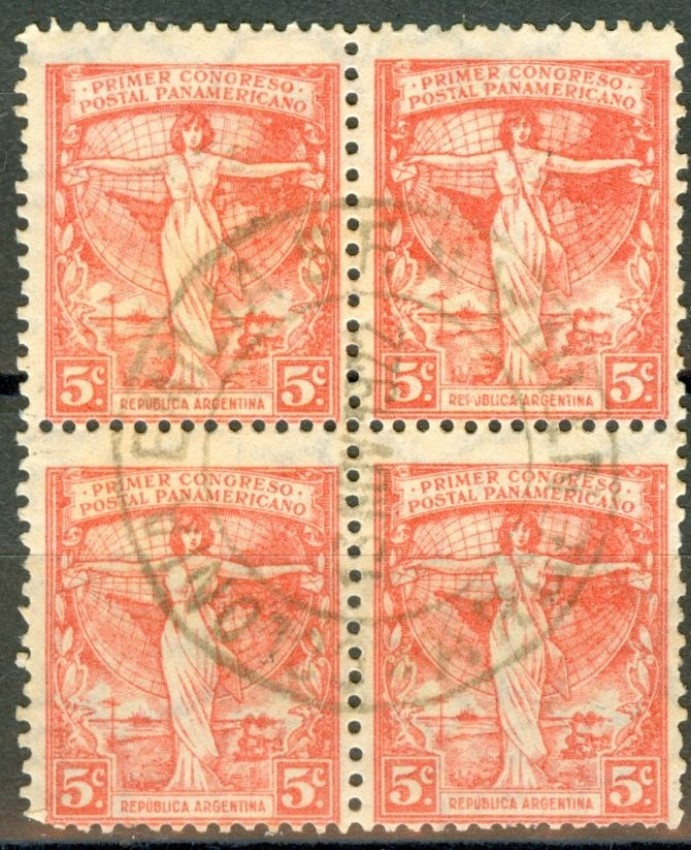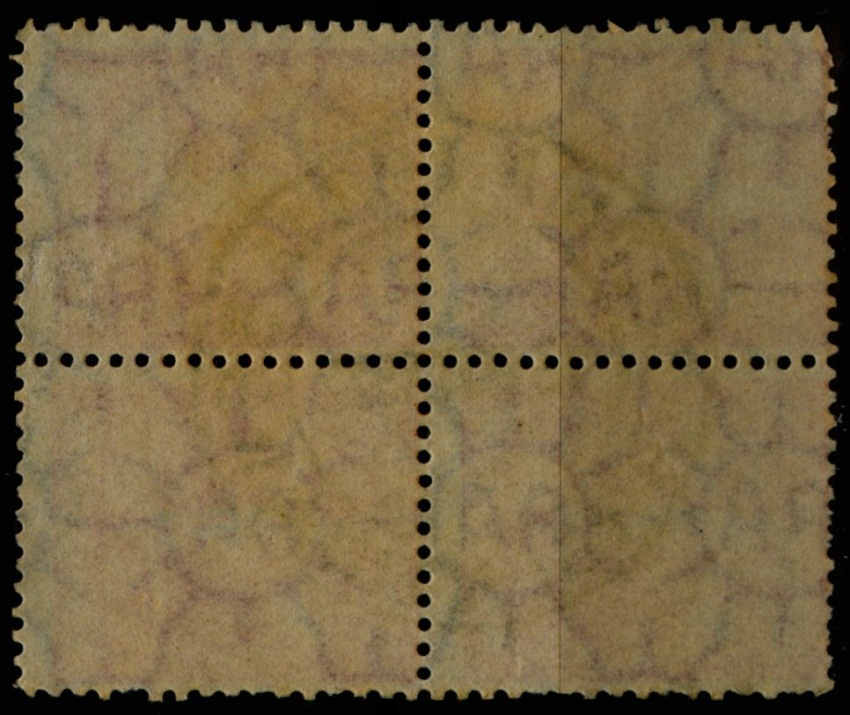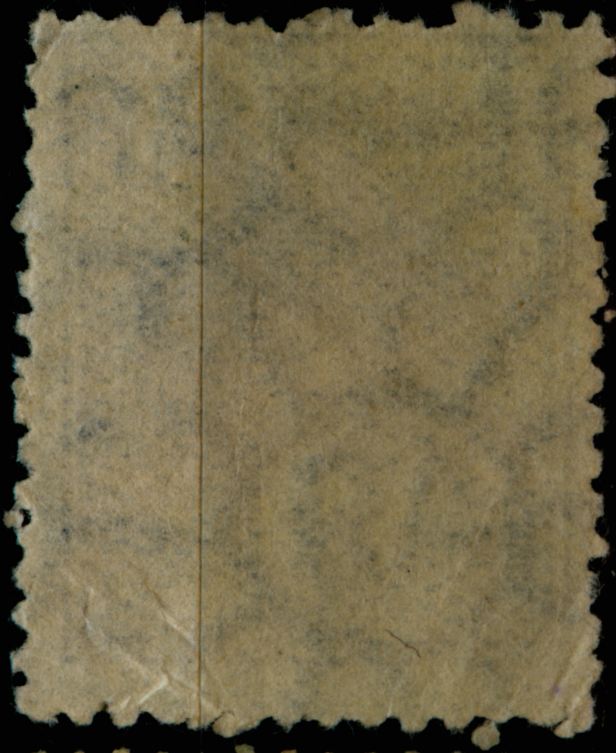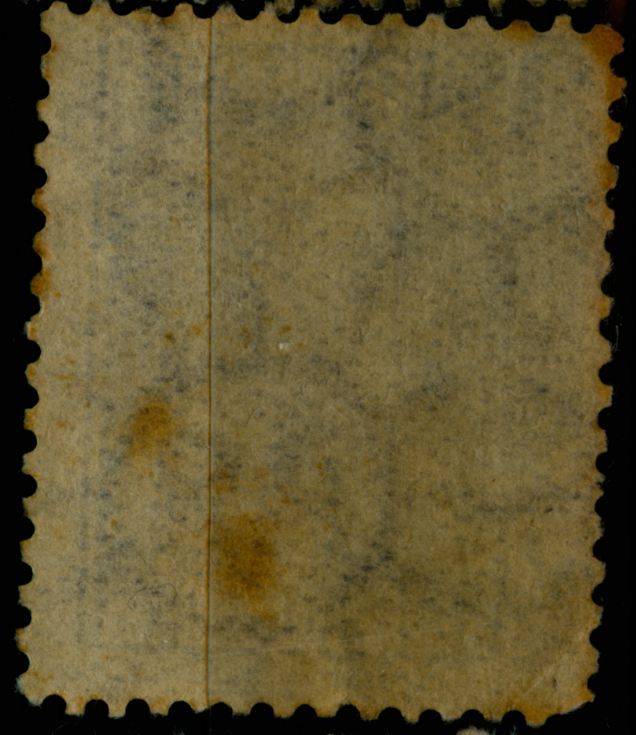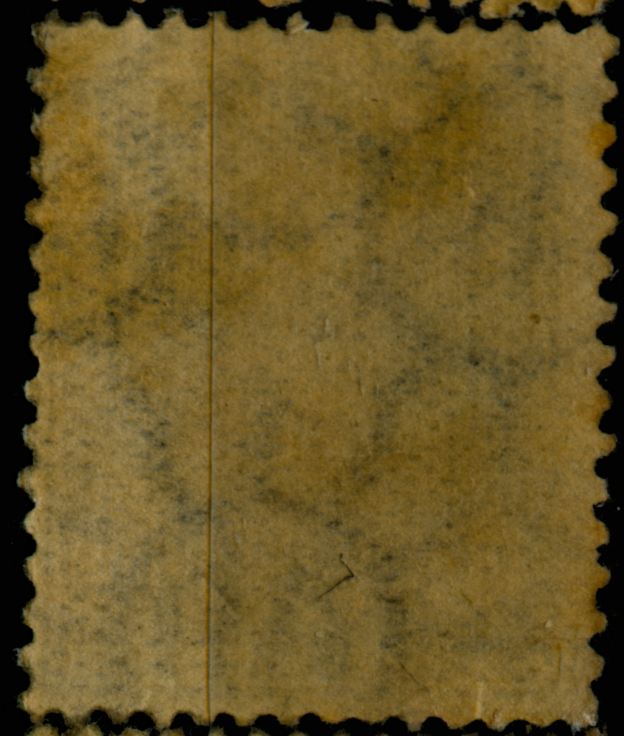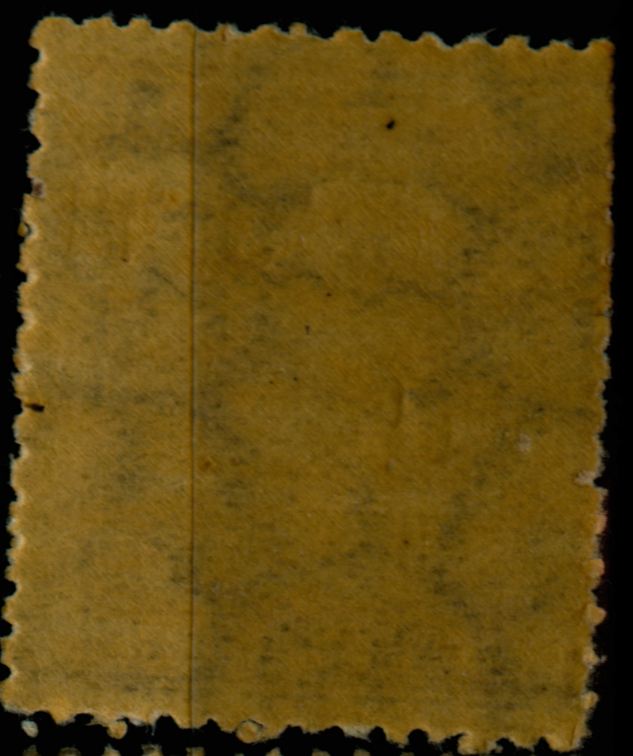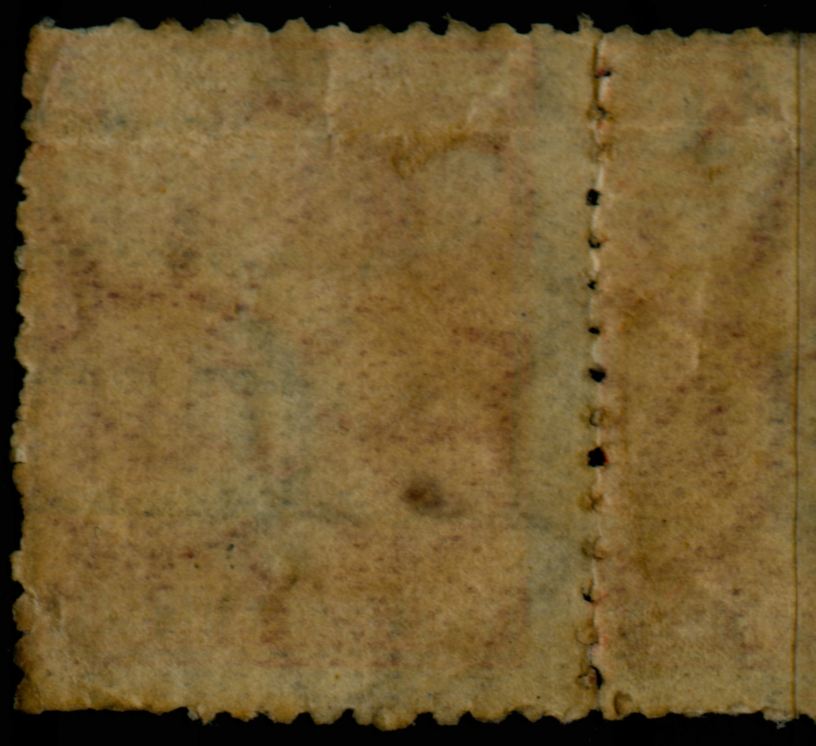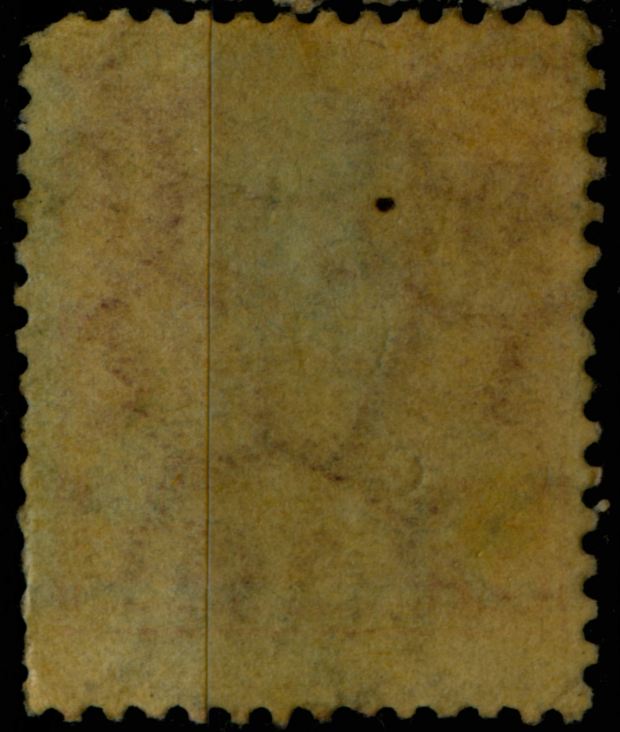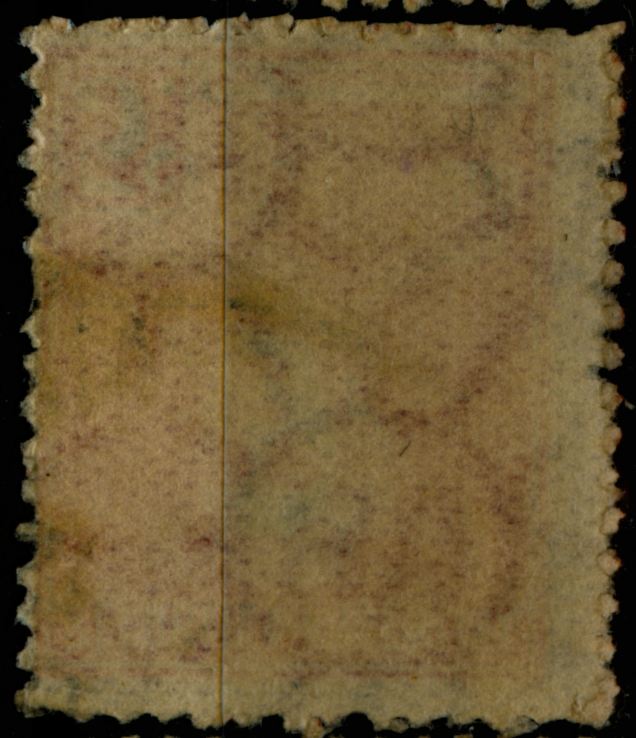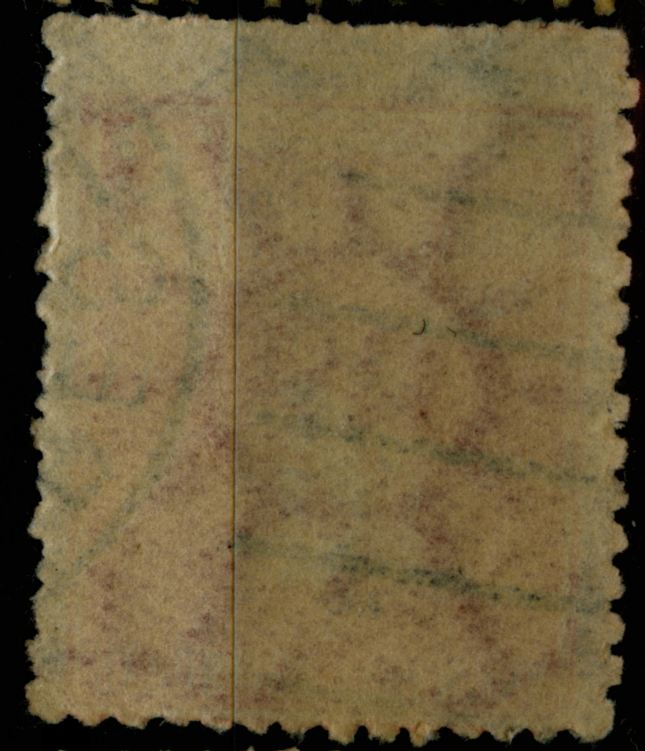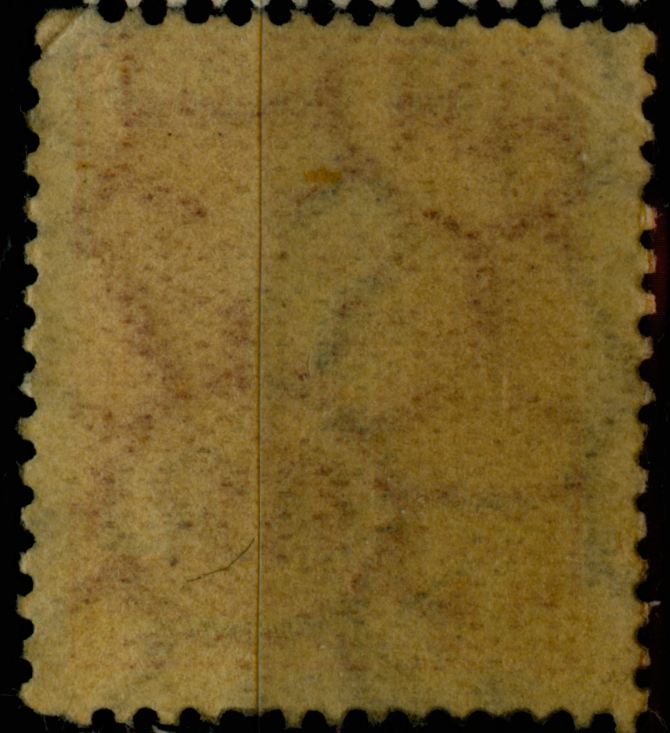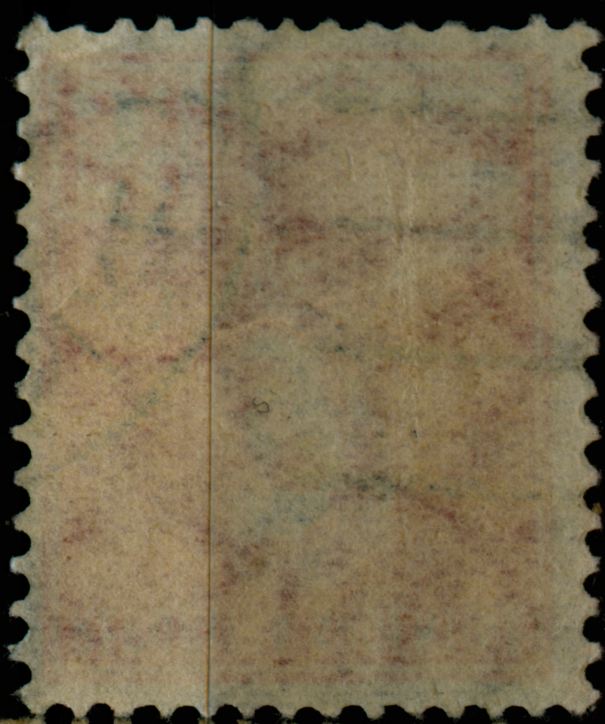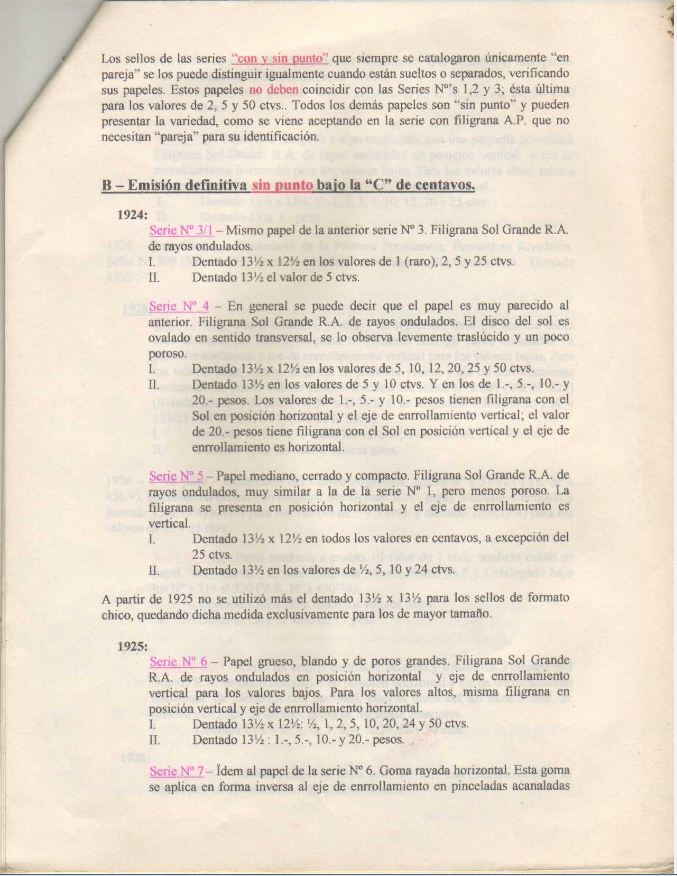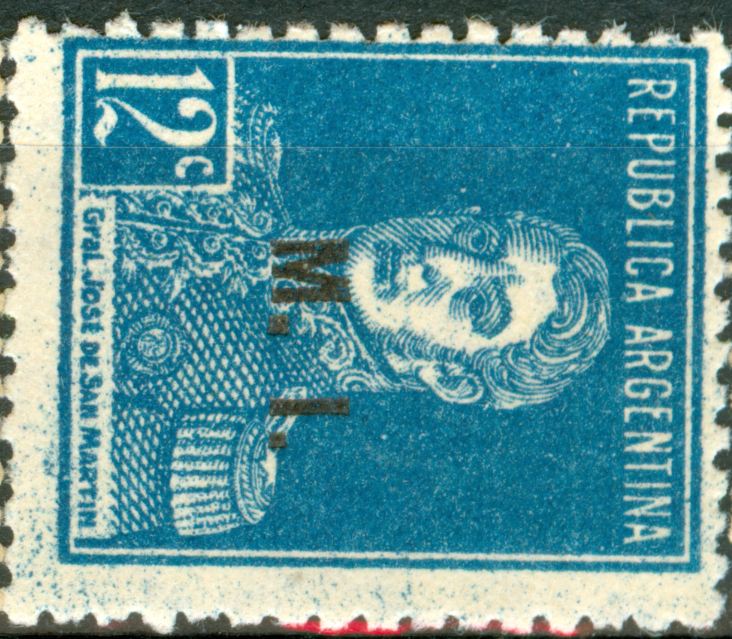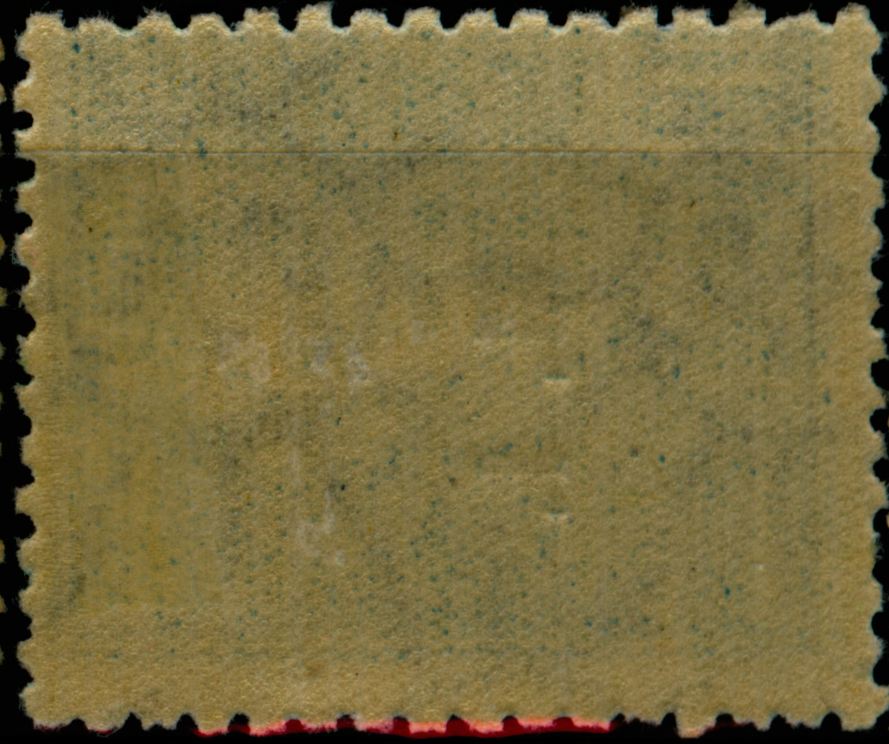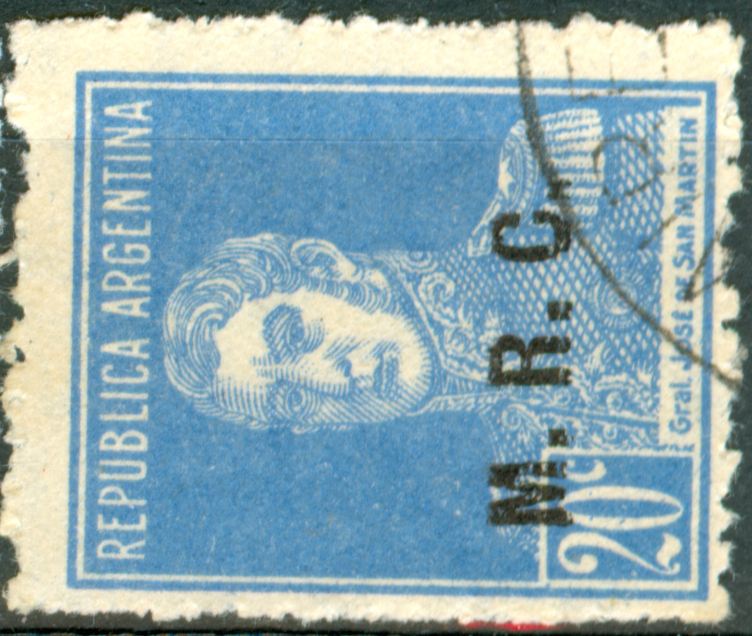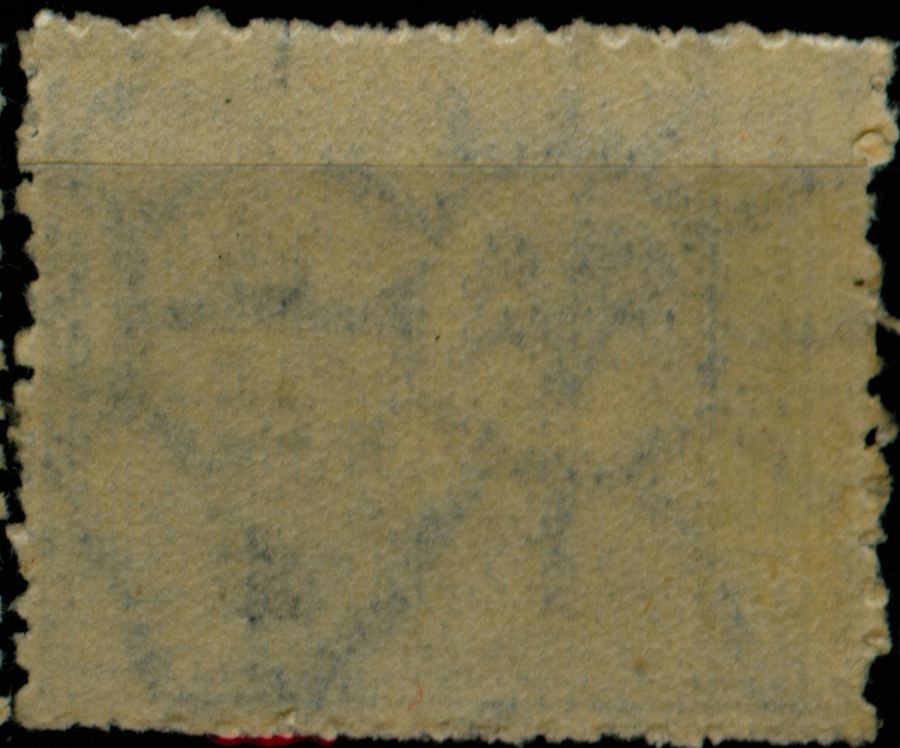Rein escribió:An articel by Gerardo Hickethier published in sequels in the 1930-ies:

to be continued ....
this Gerardo Hickethier list is indeed very interesting but certainly not the FINAL WORD! As I said he does not mention the AЯ and RA differences whereas he should have. Some "series" do only exist in RA [10/1, 10/2) or in AЯ (9/1, 9/2, 10/3) ...
The general problem with this list is the load of details that are the result of a year by year following of this series. I know myself that I was following Dutch definitives month by month between 1982 and 1995. You need to invent a new terminology to describe all the differences and that terminology is not always good enough for others to follow you.... You lose the mainstream as they say by "not seeing the forest through the trees"...
Hickethier is using terms that do not appeal to me or rather I do not know exactly (or at all) what he meant by it... Extremely irritating is his use of filigrana in a horizontal position and the like....
As José Merlo explained horizontal does not refer to the line of AЯ but to the notions of upright or sideways. When a person is standing upright he is vertical, when he is lying in bed he is horizontal so analogically the A is vertical when upright [standing on both feet!]. The horizontal position results in the line of AЯ running parallel to the long side of the JSM stamp [lower values]. This is correct for all the con puntos! Hickethier said the "eje de enrollamiento del papel vertical" which is also true for series 1 !
The series 1-3 are OK and recognizable:
1 = Dutch parallel watermark,
2 = English orthogonal watermark;
3 however is only recognizable as it has a parallel watermark and has RA running parallel to the short side of the stamp!
Interesting here is the description of the letters:
in series 1: con letras volcada hacia uno o otro lado;
in series 3: La "A" de R.A. está achatada al tope, o sea en el ángulo, en lugar ser aguda como en laas series anteriores.
or
in series 1: with letters capsizing towards one or the other side;
in series 3, The "A" of R.A. is flattened at the top, or at an angle, rather than be sharp as in the previous series.
Hickethier is more detailed here than Bose who only says A - letras agudas and C- letras cuadradas!
From what I have seen so far, Bose is WRONG! It is an oversimplification and does NOT help much.... Capsizing A's and flattened A's can be found in more than one type of paper!
Both authors fail to describe the letters in ONE of the 3 types they mention!
to be continued ....
